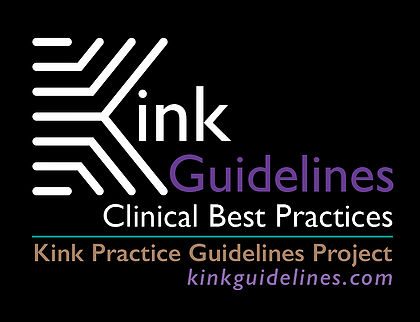Why Mental Health Practice Guidelines are Crucial for Working with Kink, BDSM, & Fetish
As helping professionals, mental health workers have an ethical and a professional responsibility to provide culturally humble care to our clients. This care is especially crucial for individuals who are underserved and misunderstood in society, such as those involved in kink and fetish. When some find their way to mental health professionals for help, they may be fortunate to find a therapist who is knowledgeable and experienced with kink and BDSM. Yet, many more may find clinicians unfamiliar with kink who have unaddressed biases or may pathologize them. Due to this care gap and high likelihood of negative experiences, people involved in kink often fear being stigmatized and can experience the negative effects of minority stress.
To change this, in the Spring of 2018, a team of highly experienced clinicians gathered to explore what constitutes clinical best practices in working with those who are interested and/or involved in kink, BDSM, and/or fetish eroticism. Since then we have been doing ongoing work to create these guidelines. Read on to find out where we are in the process!
Since the early 2000s, calls for clinical practice guidelines for working with BDSM clients have been published periodically. Recently, though, there has been an increase in the number of empirical studies and case presentations that address therapeutic concerns when working with kink-identified clients and patients. In addition, there has been an increase in the number of continuing education training workshops, online educational offerings, and conferences that address the need for kink competence in therapy. Given these changes, an appropriate next step in developing this area of competence is the creation of proposed clinical practice guidelines for therapists and counselors.


